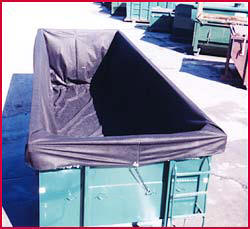al-k-mist
Member
I dont want to post a link, but the stuff is called:
Dewitt 3-Foot by 100-Foot Non Woven 12-Year Landscape Fabric 12YR3100
And the description is:
DeWitt weed barrier 12-year is an easy-to-use, environmentally safe fabric that controls weeds before they start
The non-woven, hydro philic treated fabric allows air and water to pass through
Dewitt landscape fabric minimizes light penetration to suppress weed growth
Fabric is treated to minimize degradation due to UV light exposure
The design also prevents unraveling and makes the material easier to cut; measures 3 by 100 feet
We want to make giant ones for our organic greenhouse grow this year, and want to make sure this will work
Dewitt 3-Foot by 100-Foot Non Woven 12-Year Landscape Fabric 12YR3100
And the description is:
DeWitt weed barrier 12-year is an easy-to-use, environmentally safe fabric that controls weeds before they start
The non-woven, hydro philic treated fabric allows air and water to pass through
Dewitt landscape fabric minimizes light penetration to suppress weed growth
Fabric is treated to minimize degradation due to UV light exposure
The design also prevents unraveling and makes the material easier to cut; measures 3 by 100 feet
We want to make giant ones for our organic greenhouse grow this year, and want to make sure this will work






